County Commissioners declare state of emergency
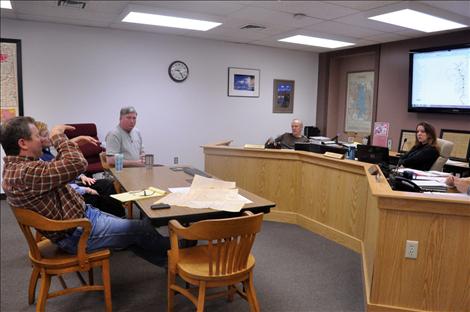
Megan Strickland
Lake County Commissioners declared a state of emergency for the county, which will enable them to access emergency funding resources.
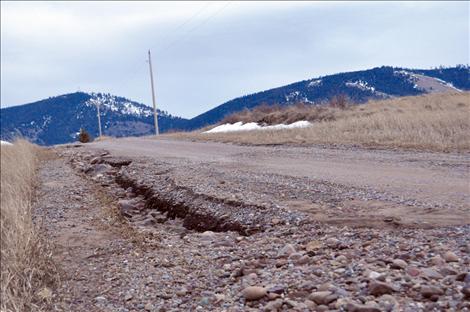
Megan Strickland
The more navigable parts of washed out Walking Horse Lane are asphalt that was ground into gravel in recent floods. The formerly gravel parts of the road are now sand and mud.
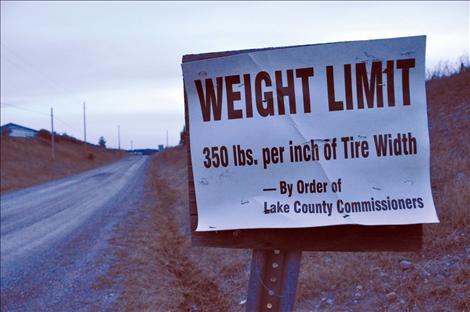
Megan Strickland
Weight limits have been imposed on some county roads to keep erosion from worsening.
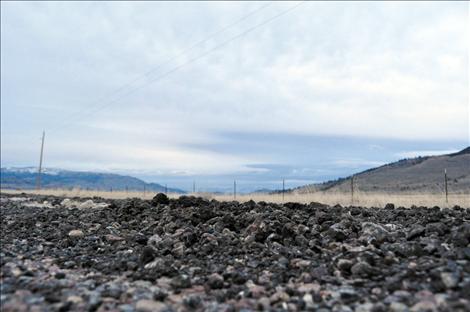
Megan Strickland
The more navigable parts of washed out Walking Horse Lane are asphalt that was ground into gravel in recent floods. The formerly gravel parts of the road are now sand and mud.
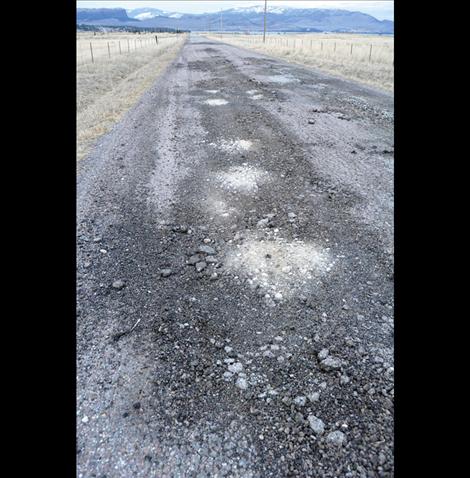
Megan Strickland
The more navigable parts of washed out Walking Horse Lane are asphalt that was ground into gravel in recent floods. The formerly gravel parts of the road are now sand and mud.
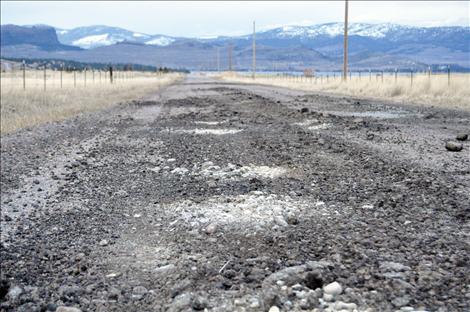
Megan Strickland
The more navigable parts of washed out Walking Horse Lane are asphalt that was ground into gravel in recent floods. The formerly gravel parts of the road are now sand and mud.
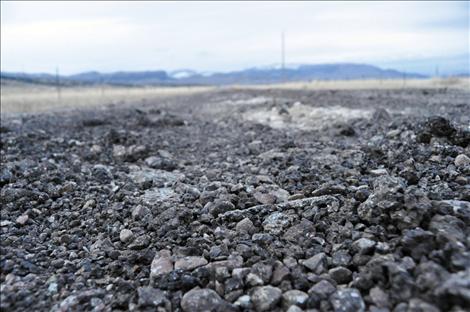
Megan Strickland
The more navigable parts of washed out Walking Horse Lane are asphalt that was ground into gravel in recent floods. The formerly gravel parts of the road are now sand and mud.
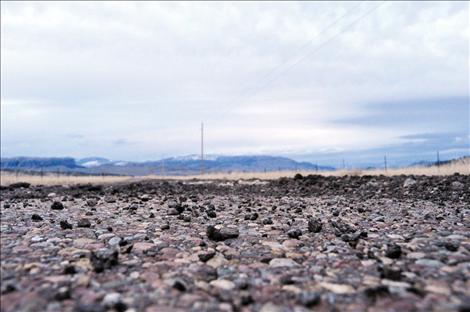
Megan Strickland
The more navigable parts of washed out Walking Horse Lane are asphalt that was ground into gravel in recent floods. The formerly gravel parts of the road are now sand and mud.
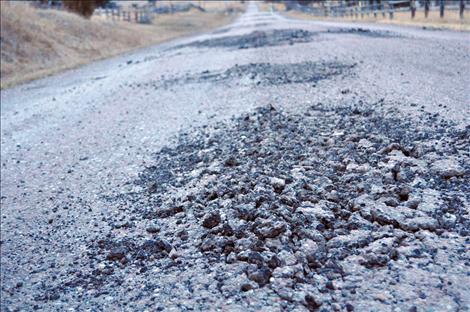
Megan Strickland
The more navigable parts of washed out Walking Horse Lane are asphalt that was ground into gravel in recent floods. The formerly gravel parts of the road are now sand and mud.
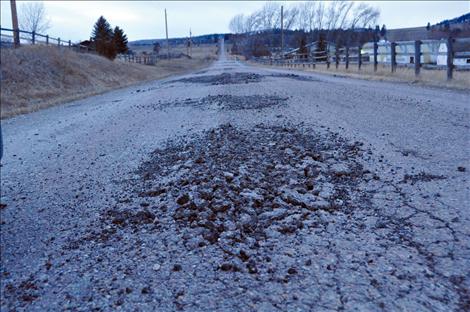
Megan Strickland
The more navigable parts of washed out Walking Horse Lane are asphalt that was ground into gravel in recent floods. The formerly gravel parts of the road are now sand and mud.
Issue Date: 3/19/2014
Last Updated: 3/18/2014 1:37:58 PM |
By
Megan Strickland
Keep Reading!
You’ve reached the limit of 3 free articles - but don’t let that stop you.















